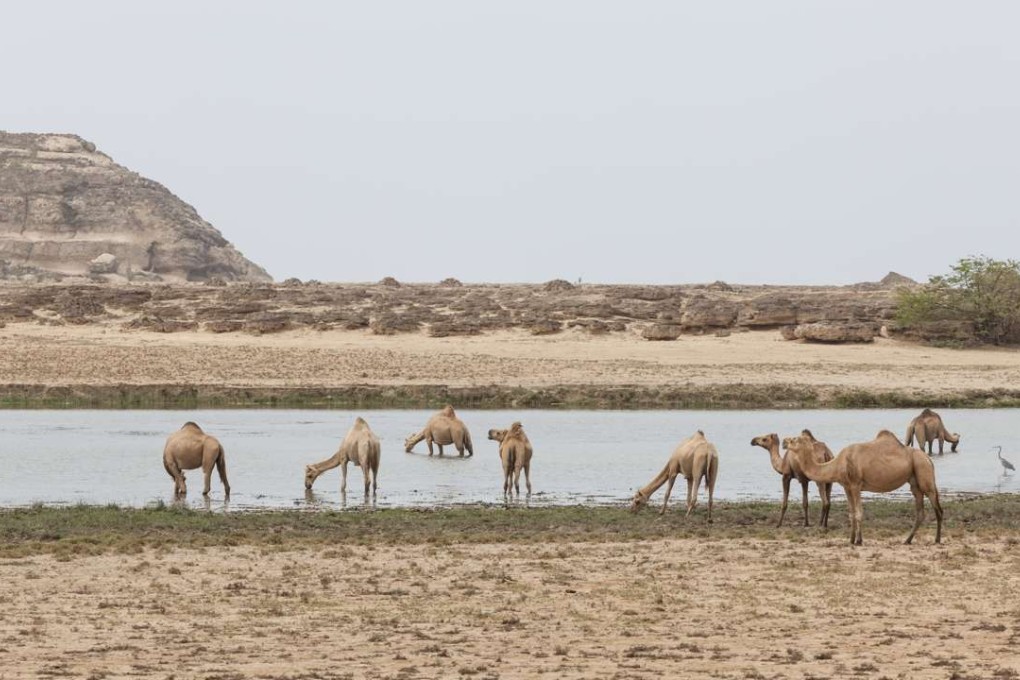Salalah, taste of traditional Oman and delightful alternative to Muscat
The wet season in the south of the Arabian Gulf nation turns the landscape emerald green and wreathes the Moon Mountains in mist. Elsewhere, tour the crumbling forts and buy frankincense in a bustling souk

Someone once told me that summer in the Arabian Gulf is “like standing under a hairdryer and then throwing a bucket of water over yourself” – a pretty accurate description of the suffocating heat and humidity of Muscat, the capital of Oman.
Not so in Salalah. The country’s second city is in Dhofar province, about 1,000km southwest of Muscat. From July to September, monsoon clouds from India descend on Dhofar’s coastal fringe, bringing light drizzle and heavy fog. The khareef, as it’s known locally, transforms the rugged mountains and valleys from parched brown to lush green.
The city itself consists of a jumble of low-rise buildings, mosques and minarets, a corniche dotted with palm trees and thriving plantations of coconuts, papayas and bananas. Its men dress in brilliant white dishdashas with an embroidered kuma (cap) or massar (turban), the women wear jet black abayas and, Salalah being more traditional than Muscat, often a veil.

It is still humid, but temperatures of around 27 degrees Celsius make this southernmost tip of the sultanate popular with holidaymakers from the Gulf.